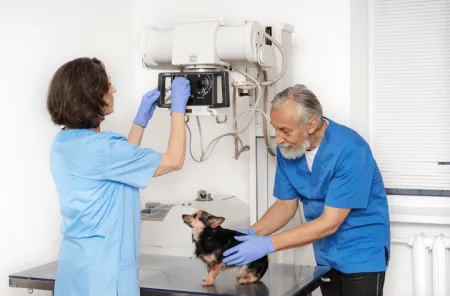Process mining utilizes the principles of data science to uncover, authenticate, and enhance workflows. By amalgamating data mining with process analytics, businesses can extract log data from their information systems to gain insights into their process efficiency. This reveals hindrances and areas with potential for enhancement. Employing a data-centric method, process mining facilitates the optimization of processes, enabling managers to make impartial decisions regarding resource allocation for current workflows.
Uses of Process Mining
Financial Shared Services: Financial shared services play a vital role within every organization and require skilful management and attention. The harmonious cooperation among departments and stakeholders guarantees the smooth implementation of operations. Furthermore, financial shared services represent a crucial scenario where process mining comes into play. Utilizing this approach, stakeholders can attain a comprehensive understanding of how each workflow functions in real-world scenarios. Instances of errors, deviations, and non-compliance are promptly detected, paving the way for the implementation of process automation.
Order Management: Order management is responsible for the complete spectrum of operations, commencing with the receipt of customer orders and culminating in their punctual delivery, encompassing all intermediate stages. These pivotal business procedures encounter substantial quantities and diverse iterations. Process mining utilities assist proprietors in picturing the execution of each process and pinpointing obstacles to delivery as well as compliance concerns. The scrutinized data is evaluated to provide lucid perspectives, thus promoting intensified monitoring of the end-to-end process.
Procurement: Procurement, recognized as the purchase-to-pay process, exemplifies another scenario where process mining finds its application. Several responsibilities are managed within this area, including requisitioning, purchase, confirmation, receipt, payment, and accounting for goods and services. The procedure entails significant transactional operations as well as sophisticated stages for gaining authorization. Errors are possible in this context. By leveraging the capabilities of process mining tools, owners gain a full view of every workflow, diving into the underlying causes of system bottlenecks and non-compliant processes.
Digital Transformation: Companies that want to excel in a competitive market context must embrace digital transformation. To digitize existing procedures, it is necessary to first understand their separate functions. Process mining highlights areas for potential improvement and cultivates a holistic picture, helping the identification of promising process candidates for the transformation endeavor.
Discovering the optimal software solution for implementing robotic process automation within the insurance industry
Step 1: Understand the scope
Automated bots constitute the most basic and prevalent category of bots, devised to streamline monotonous, time-intensive, and rule-dependent tasks. To employ RPA for insurance services, it’s crucial to pinpoint processes that exhibit repetitiveness, are entirely rule-driven, and demand no human involvement. These processes can be automated with efficacy, encompassing tasks like form registration, customer onboarding, underwriting, pricing, and more.
Step 2: Step 2: Devise a Plan to Expand across Organizational Units
Following the automation of the robotic tasks, the subsequent progression involves extending the application across the entire organization. With well-trained personnel, there’s an increased capacity for innovative thinking, which bolsters endeavors to enhance company efficiency and customer support.
Engage all team members collaboratively to experiment with and actively participate in the decision-making process, fostering a more comprehensive integration of the new technology. Ensure the understanding that the incorporation of RPA for insurance aims not to supplant employees, but to streamline their tasks. During this stage, outline the RPA tools and strategically align them with Ease of Use, Integration, Accuracy and Customisation.
Step 3: Train Your Entire Staff
To extract the utmost advantage from the integration of RPA for insurance services, a broader workforce should be proficient in its utilization. Thus, subsequent to introducing the technology into your systems, guarantee that your entire staff, encompassing IT, customer service, technical departments, and beyond, receive comprehensive training to adeptly employ it on a routine basis.
Step 4: Expand Horizons for Data-Driven Choices
Robotic process automation presents the potential to steer comprehensive data-driven choices. Numerous tasks within insurance services entail calculations, validation, or data assimilation, aspects that can sometimes elude human notice. RPA-driven insurance bots possess the ability to aggregate data from all your information sources, providing a consolidated view that empowers informed decision-making.
To assist employees, software robots have the capacity to broaden the spectrum of assessable data points. Consequently, this encourages the exploration of data in innovative and original ways, thereby increasing the likelihood of more precise and meticulous decisions.
Process mining stands as a powerful approach, fusing the principles of data science with process analytics to unveil, validate, and elevate workflows. This synergy of data mining and process analysis enables businesses to glean insights from log data within their information systems, exposing inefficiencies and areas primed for improvement. The data-centric approach of process mining serves as a catalyst for process optimization, enabling unbiased resource allocation decisions for ongoing workflows.



